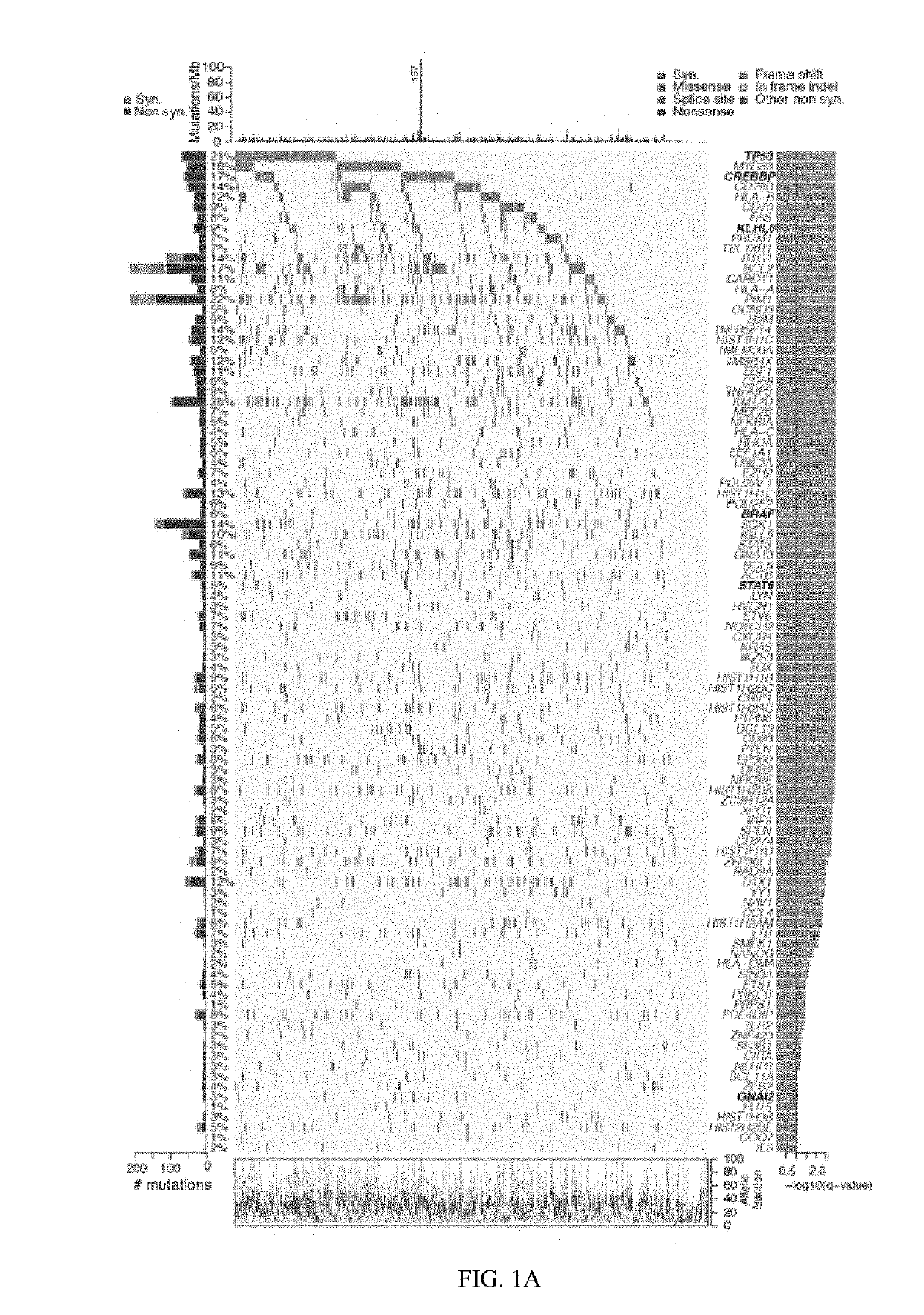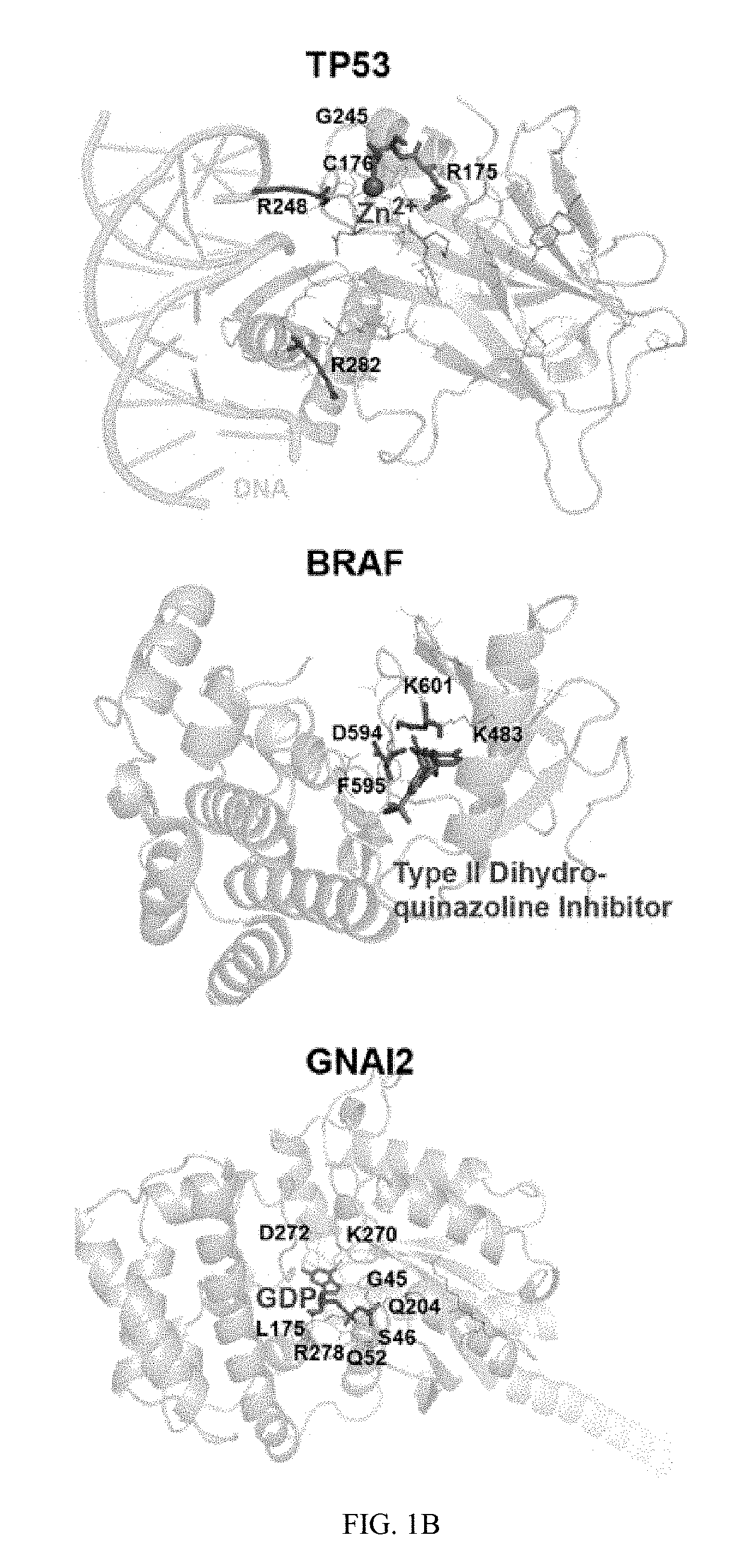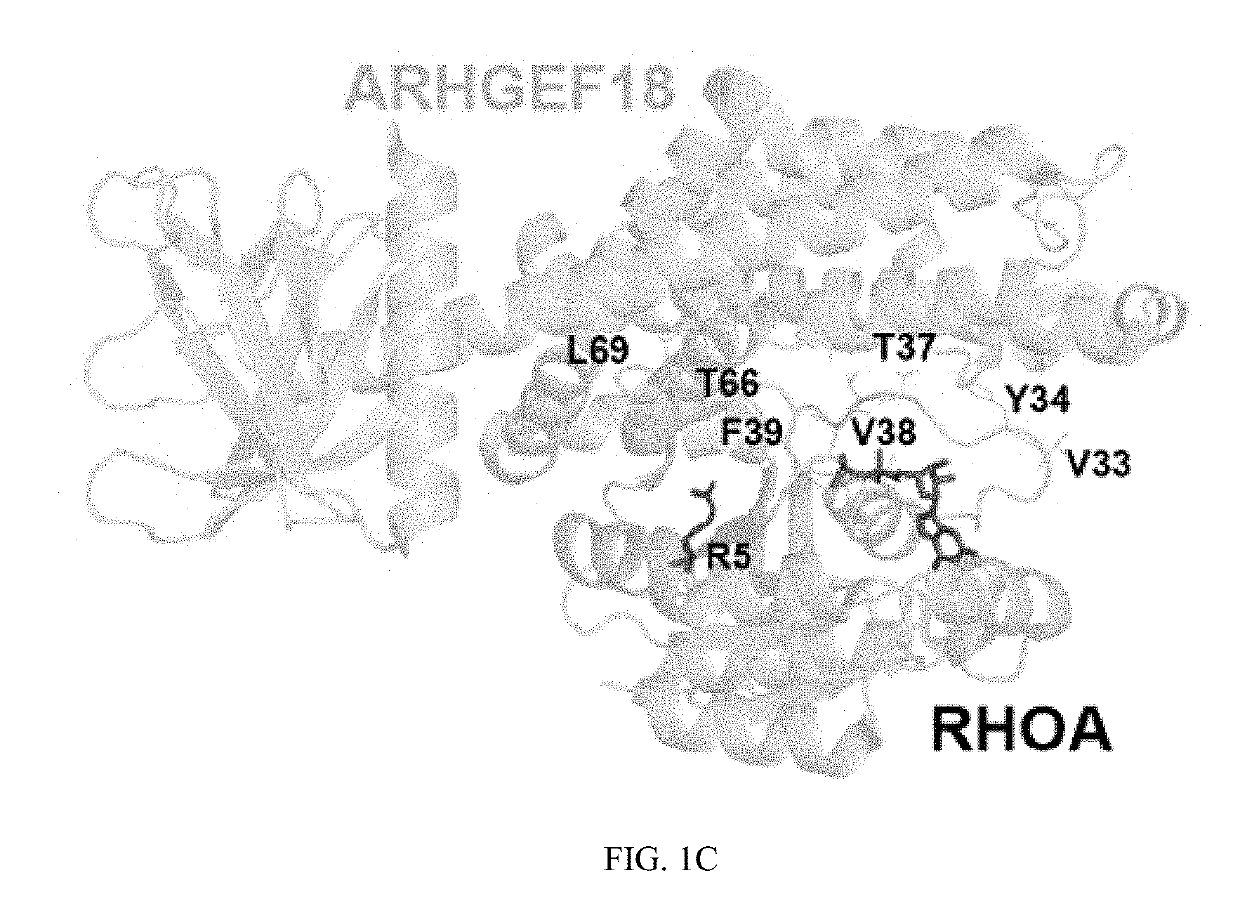Therapeutic treatment of select diffuse large b cell lymphomas exhibiting distinct pathogenic mechanisms and outcomes
a large b cell lymphoma and therapeutic treatment technology, applied in the field of treatment of select classes of diffuse large bcell lymphoma, can solve the problems of limited treatment options and recurrent or progressive disease that is often fatal, and achieves the effects of reducing symptoms, signs or causes, reducing or avoiding symptoms, and reducing or minimizing one or more symptoms
- Summary
- Abstract
- Description
- Claims
- Application Information
AI Technical Summary
Benefits of technology
Problems solved by technology
Method used
Image
Examples
example 1
and Methods
Patient Samples
[0214]A cohort of 351 patient samples diagnosed with a previously untreated, primary diffuse large B-cell lymphoma (DLBCL) was assembled, of which 304 passed all below described quality controls. This 304 sample dataset was obtained from four sources: 129 samples from patients enrolled in the prospective, randomized, multi-center RICOVER60 trial (S1); 103 samples from a DFCI / BWH cohort; 67 samples from the Mayo Clinic and University of Iowa Specialized Program of Research Excellence (SPORE) (51 previously reported WES analysis (S2, S3)); and 5 samples from the University of Gottingen, Germany. Forty-four percent (135 / 304) of samples had a paired normal specimen and 55% (168 / 304) of samples were obtained from formalin-fixed paraffin embedded (FFPE) tissue (FIG. 7 and Table S1). All patients had a diagnosed primary DLBCL per WHO criteria; this diagnosis was confirmed for all RICOVER60 samples by a central pathological review as previously described (S1), and ...
example 2
ntly Mutated Driver Genes
[0275]Mutations were detected from WES data of 304 primary DLBCLs, 55% of which lacked patient matched normal samples (Methods, FIG. 7). To include all 304 samples in the discovery cohort for candidate cancer genes (CCGs), new computational methods were developed to filter germline variants and artifacts from tumor-only samples (Methods, FIGS. 2 and 3). After filtering, a median of 3.3 and 6.6 mutations / Mb was found in the paired and tumor-only samples, respectively, suggesting that on average 3.3 germline variants per megabase persisted after filtering. Multiple lines of evidence indicated that these rare germline variants were spread throughout the genome and had minimal effect on the detection of CCGs (P=0.4; Methods, FIGS. 2 and 3).
[0276]MutSig2CV (24) was applied to the 304 DLBCLs and detected 98 CCGs (FIG. 1, Table S3a, q-value<0.1). The CCG list includes previously reported mutational drivers, including the tumor suppressor, TP53; the chromatin modifi...
example 3
l Processes
[0279]Each mutational process leaves a characteristic imprint, a mutational signature, in the cancer genome that reflects both DNA damage and repair (27). A SignatureAnalyzer tool (28) was applied that uses both the 3-base mutational sequence context and mutational clustering in genome coordinates to discover four signatures (three signatures after removal of a single micosatelite instability case; Methods; FIGS. 2A, 11B and 11C; Table S4b). The predominant mutational signature, which explained 80% of all mutations, was spontaneous deamination at CpG sites (C>T_CpG, hereafter “Aging”; FIGS. 2A, 2B and 13). Consistent with the underlying etiology of this signature, older patients had more mutations driven by spontaneous deamination (FIG. 11D). Also identified were two AID-driven signatures, canonical AID (c-AID) and AID2 that reflect different repair mechanisms following AID-induced deamination of cytosine to uracil. The cAID signature was characterized by increased C>T / G ...
PUM
| Property | Measurement | Unit |
|---|---|---|
| diameter | aaaaa | aaaaa |
| diameter | aaaaa | aaaaa |
| diameter | aaaaa | aaaaa |
Abstract
Description
Claims
Application Information
 Login to View More
Login to View More - R&D
- Intellectual Property
- Life Sciences
- Materials
- Tech Scout
- Unparalleled Data Quality
- Higher Quality Content
- 60% Fewer Hallucinations
Browse by: Latest US Patents, China's latest patents, Technical Efficacy Thesaurus, Application Domain, Technology Topic, Popular Technical Reports.
© 2025 PatSnap. All rights reserved.Legal|Privacy policy|Modern Slavery Act Transparency Statement|Sitemap|About US| Contact US: help@patsnap.com



